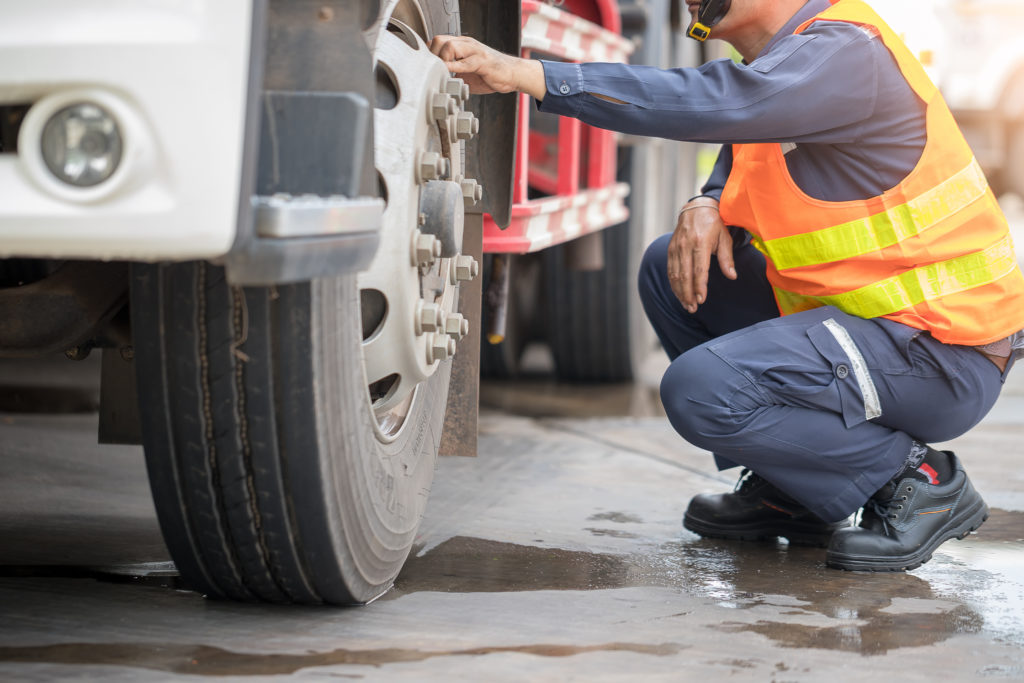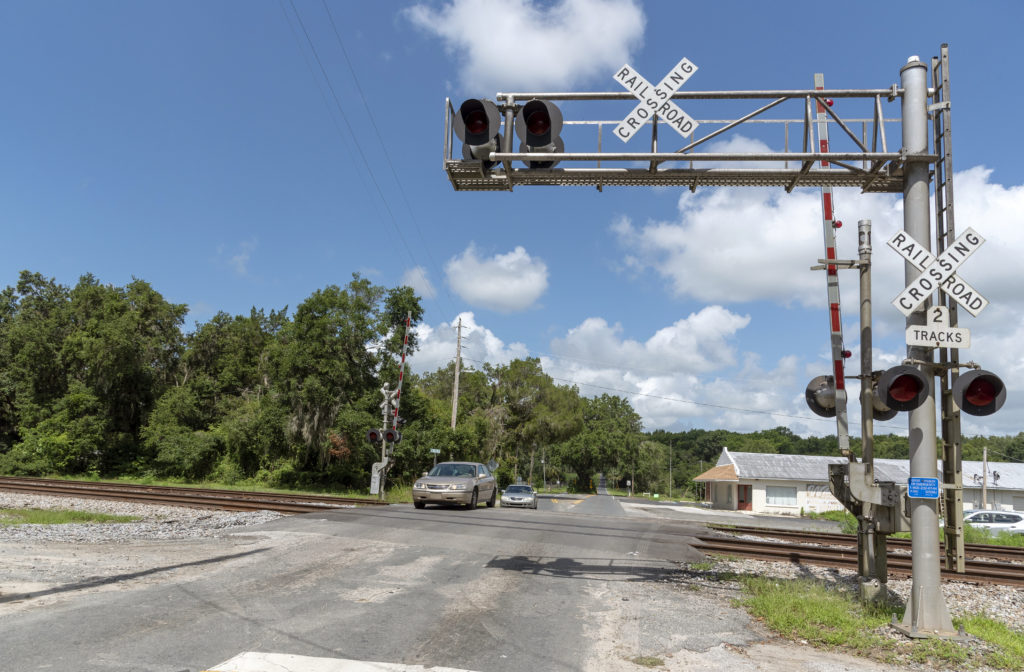
2020’s Commercial Vehicle Safety Alliance’s International Roadcheck event, which was originally set to take place in May, was postponed due to the COVID-19 pandemic and took place in early September. Now, reports from the three-day event have been released and show a 20.9% rate of overall out-of-service vehicles throughout the continent of North America–an increase from 2019’s rate of 17.9%.
International Roadcheck is an enforcement and inspection initiative taking place over the course of 72 hours and is conducted by CVSA-certified inspectors. These inspectors examine motor vehicles and drivers’ compliance regarding safety and health protocols throughout the United States, Mexico, and Canada.
In 2020, over 50,000 inspections took place, and include the examination of vehicles such as large trucks, non-hazmat cargo tanks, cargo tanks transporting hazardous materials, and passenger vehicles.
Out of the 50,151 inspections done, 26,451 were Level I inspections, 11,224 were Level II, 11,364 were Level III, and 1,112 were Level V.
When releasing the results of the event, CVSA said that the International Roadcheck “highlights the daily work of the more than 13,000 commercial motor vehicle inspectors throughout North America and acknowledges the safety compliance of motor carriers and professional drivers through the issuance of the CVSA decal on eligible vehicles.”
These decals are given to vehicles that are not found to have any critical vehicle inspection item violations following a Level I or Level V inspection. For 2020, 9,303 power units, 3,662 trailers, and 123 passenger vehicles were issued a decal.
During the course of the 45,046 Level I, II, and III inspections that occurred throughout the United States, 7,256 vehicles and 2,365 total drivers were removed from American roadways.
Issues regarding brake systems made up the largest number of out-of-service violations throughout the U.S., a number which comprised over a quarter of all out-of-service vehicle violations. For drivers in particular, hours of service regulation violations were the most common, as these violations made up 32.5% of overall out-of-service driver violations.
Across the continent, the five most common vehicle-related out-of-service violations found upon inspection had to do with tires, lights, cargo securement, brake adjustment, and overall brake systems. The top five for drivers were, of course, hours-of-service violations, as well as wrong class license, suspended license, false logs, and “other” violations–mistakes like cell phone use and moving violations.
“Although the coronavirus pandemic understandably shifted priorities and personnel during the spring, the commercial motor vehicle law enforcement community has reasserted its focus on the roadside inspection program and enforcement duties,” said CVSA President, Sgt. John Samis, at the time the postponement was announced. “Jurisdictions are nearly back to their pre-pandemic capacity with a strengthened concentration on identifying and removing unfit vehicles and drivers from our roadways using federal safety standards and the out-of-service criteria.”
This is the first year in 32 years that the International Roadcheck event did not occur on schedule. The decision to postpone was “thoroughly and thoughtfully discussed,” according to Samis. “The experience is unprecedented in our modern society, and we all need to do all that we can to help stop the spread of this global pandemic.”
While adhering to strict safety precautions, inspections worked to collect and verify drivers’ documents, identify motor carriers, check records-of-duty statuses, examine driver’s licenses, and carefully check periodic inspection reports.
Inspectors also checked Medical Examiner’s Certificates, daily vehicle inspection reports, and Skill Performance Evaluation Certificates when necessary.
Illness, fatigue, drug or alcohol possession or impairment, and proper seat belt usage were also checked for.
“As we urgently respond to this time-sensitive crisis, we must remain diligent and committed to ensuring that the commercial motor vehicles and drivers providing essential goods and services to our communities are following motor carrier safety regulations,” Samis explained. “Safety doesn’t take a break. It is always our top priority.”
More than 1.7 million roadside inspections have been conducted throughout International Roadcheck events since the beginning of the campaign in 1988. The Federal Motor Carrier Safety Administration, the Canadian Council of Motor Transport Administrators, Transport Canada, Mexico’s National guard, and the Mexico Ministry of Communications and Transportation all participate each year in CVSA’s Roadcheck.
The next International Roadcheck campaign will take place between May 4th and 6th of 2021, pandemic permitting.



